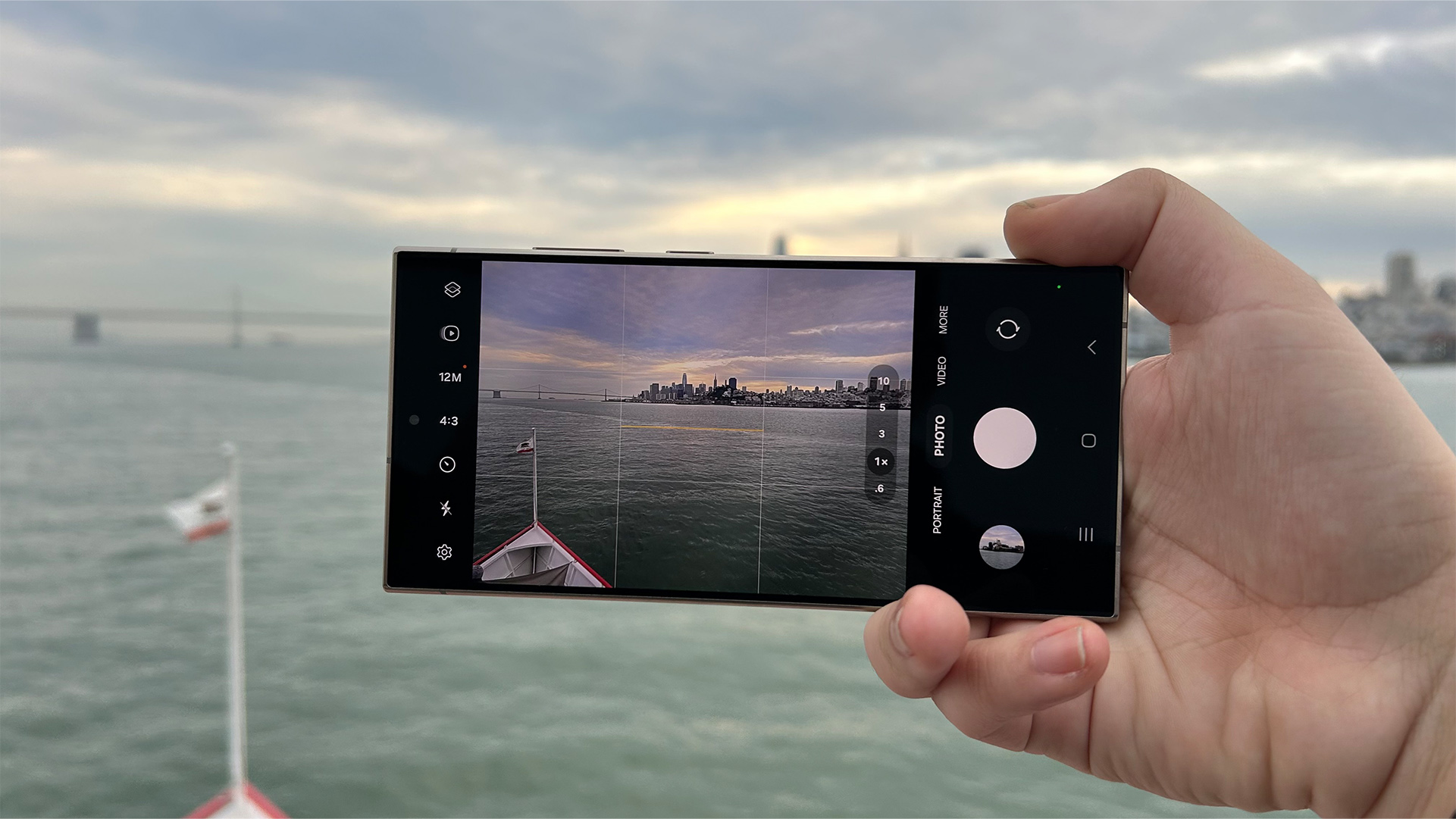Apple and Samsung both utilize titanium for their latest flagship smartphones, but the strength characteristics of the titanium used by each company differ.
In a departure from its usual aluminum frames, Samsung has opted to use titanium for the flagship Galaxy S24 Ultra this year, mirroring a move made by its competitor Apple with its latest iPhone 15 Pro series. YouTuber Zack Nelson, known for his JerryRigEverything channel, recently conducted a teardown of the Galaxy S24 Ultra to assess the amount of titanium used in the device. The teardown video revealed that Samsung employed lower-grade titanium for the frame of the Galaxy S24 Ultra, while Apple utilized higher-grade titanium for the iPhone 15 Pro.
Nelson’s 11-minute video begins with the removal of the back panel, which features flat glass panels on both the front and back of the device. The teardown process is expedited with a single slice from a knife around the exterior. Inside the device, 17 Phillips head screws are visible, and beneath them, Samsung has arranged the 15W wireless charger with copper wires. The teardown provides insight into the arrangement of interior components, such as the haptic motor located inside the bottom speaker chamber, and reveals a larger copperish vapor chamber beneath the cell.
As the video progresses, Nelson states that Samsung has laid out a thin cosmetic border of titanium around the exterior. He then melts down the frame of the phone and an XRF scan indicates that Samsung packed grade 2 Titanium on the phone. Apple, in contrast, uses grade 5 Titanium on its latest iPhone 15 models. He claims that a purple anodised aluminium frame fills up the majority of the inner space.
The Galaxy S24 Ultra’s metal was put through a 2,000 degrees Fahrenheit furnace to separate the materials. The plastic elements quickly burned out while the edges and corner pieces remained. After melting the plastic and Aluminum, the YouTuber notes that Samsung performed an over-moulding process to form parts around one another with Aluminium, plastic and Titanium materials. Apple, on the other hand, developed a custom solid-state diffusion process that fuses Aluminium directly with Titanium. Both phones have about the same thickness of Titanium around the outside, but Apple’s grade 5 Titanium is about four times more expensive.

Nelson suggests that Apple might be utilizing $10-15 (approximately Rs. 800 to Rs. 1,200) worth of titanium in each iPhone 15 Pro and iPhone 15 Pro Max. In contrast, Samsung could be incorporating $3-5 (roughly Rs. 250 to Rs. 400) worth of titanium in the Galaxy S24 Ultra. However, the additional cost arises from shaping and casting the metal to be compatible with titanium. The YouTuber points out that both titanium exteriors are primarily cosmetic. While Apple may benefit from minor strength improvements due to solid-state diffusion, Samsung does not gain any additional strength with a plastic intermediary.

















